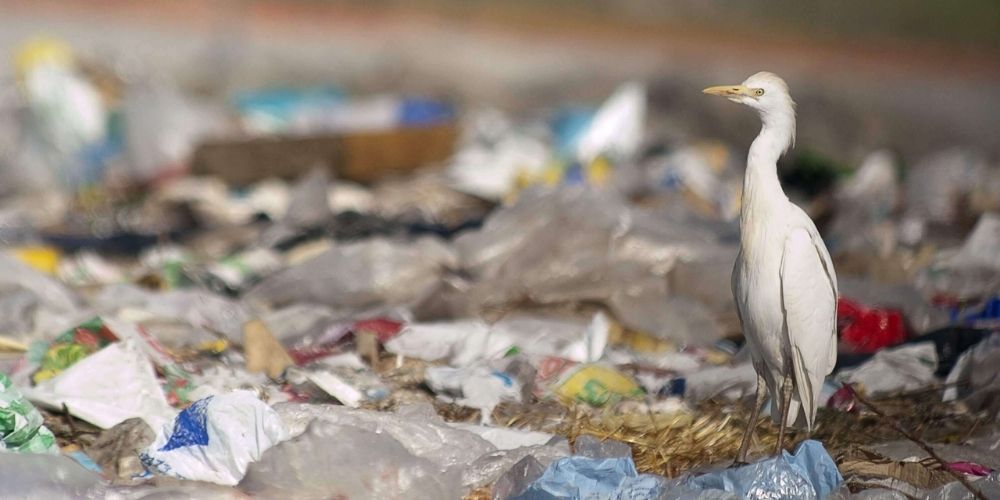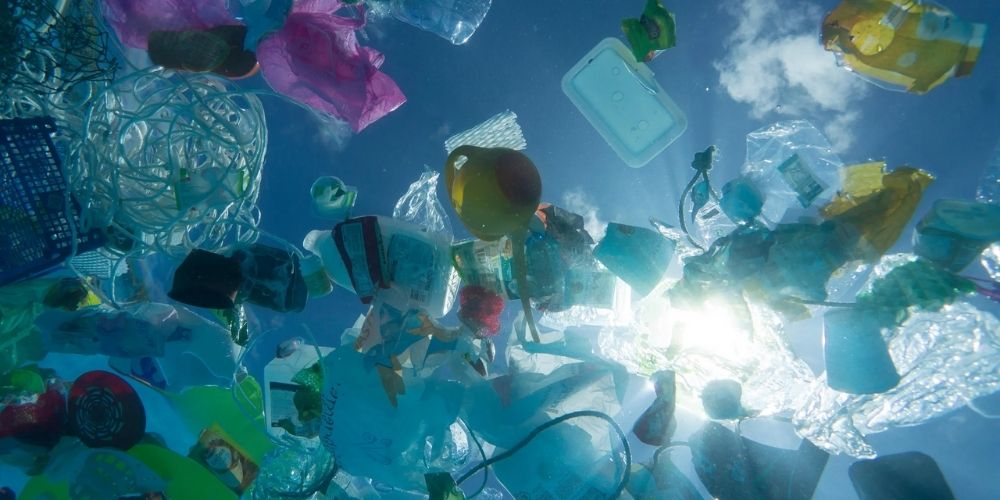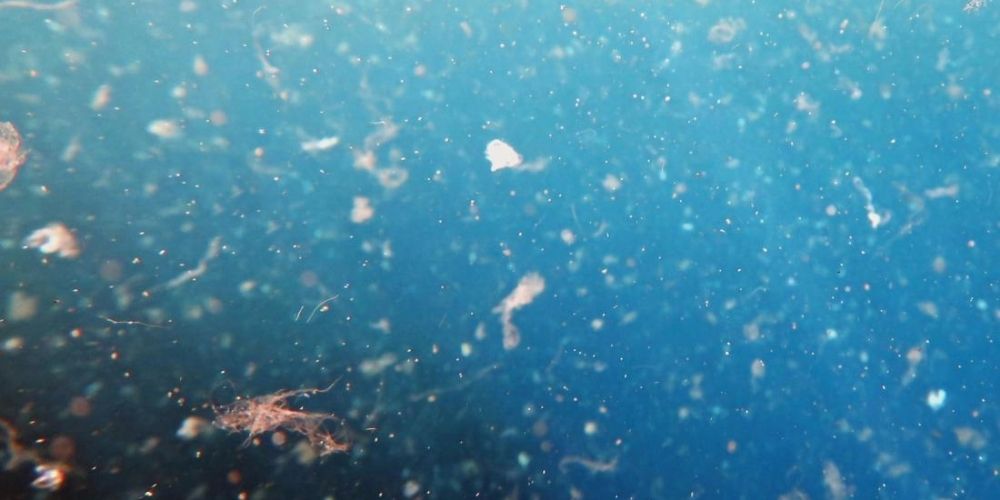
What are the effects of plastic pollution
Posted on 11-22-2021 12:21:34
What is Plastic Pollution?
As the sector’s populace continues to develop, so does the quantity of rubbish that humans produce. On-the-pass lifestyles require without difficulty disposable products, including soda cans or bottles of water. Still, the buildup of those products has caused growing amounts of plastic pollution around the world. As plastic is composed of the most important poisonous pollution, it has the capability to reason giant harm to the surroundings in the form of air, water, and land pollution.

Simply positioned, plastic pollutants occur whilst plastic has amassed in an area and has all started to negatively impact the herbal environment and create problems for flora, wildlife, or even the human populace. Often this includes killing plants and posing risks to local animals. Plastic is a very beneficial material, but it’s also made from poisonous compounds recognized to cause illness, and because it is supposed for durability, it isn’t biodegradable.
Next time while you go shopping, don’t forget to hold a paper or cloth bag. Also, attempt to keep away from bringing plastic baggage at home and buying objects with an excessive amount of packaging. In this manner, you could help in contributing to the surroundings in the form of reducing plastic pollution whose unwell consequences are irreversible. Here in this text, let’s have to observe numerous causes, effects, and answers to plastic pollutants that you’ll want you’d acknowledged.
How did this happen?
Plastics made from fossil fuels are simply over a century antique. Production and improvement of lots of new plastic products improved after World War II, so transforming the contemporary age that lifestyles without plastics would be unrecognizable today. Plastics revolutionized medicinal drugs with lifestyles-saving devices, made area tour feasible, lightened vehicles and jets—saving gasoline and pollution—and stored lives with helmets, incubators, and
device for smooth ingesting water.

The conveniences plastics offer, but, led to a throw-away way of life that famous the material’s darkish side: these days, unmarried-use plastics account for 40 percent of the plastic produced every year. Many of those merchandise,
including plastic baggage and food wrappers, have a lifespan of mere mins to hours, but they will persist inside the environment for loads of years.
Plastics by the numbers
Some key facts:
1) Half of all plastics ever manufactured have been made within the remaining 15 years.
2) Production accelerated exponentially, from 2.3 million tons in 1950 to 448 million heaps by 2015. Production is expected to double by way of 2050.
3) Every year, about eight million tons of plastic waste escapes into the oceans from coastal countries. That’s the equal of setting five rubbish luggage complete of trash on each foot of coastline around the world.
4) Plastics regularly incorporate components making them stronger, more flexible, and sturdy. But lots of these additives can amplify the existence of products if they grow to be a muddle, with a few estimates ranging to at least four hundred years to interrupt down.
How plastics move around the world

Most of the plastic trash inside the oceans, Earth’s ultimate sink, flows from land. Trash is also carried to sea with the aid of fundamental rivers, which act as conveyor belts, picking up an increasing number of trash as they pass downstream. Once at sea, tons of plastic trash stay in coastal waters. But as soon as caught up in ocean currents, it is able to be transported around the world.
On Henderson Island, an uninhabited atoll within the Pitcairn Group isolated midway among Chile and New Zealand, scientists found plastic items from Russia, America, Europe, South America, Japan, and China. They were carried to the South Pacific with the aid of the South Pacific gyre, around the ocean present day.
Microplastics
Once at sea, sunlight, wind, and wave movement destroy down plastic waste into small debris, frequently much less than one-fifth of an inch throughout. These so-known as microplastics are unfolded all through the water column and have been observed in every nook of the globe, from Mount Everest, the best top, to the Mariana Trench, the innermost trough.

Microplastics are breaking down further into smaller and smaller portions. Plastic microfibers, in the meantime, were observed in municipal drinking water systems and drifting via the air.
Harm to wildlife
Millions of animals are killed by means of plastics every 12 months, from birds to fish to different marine organisms. Nearly 700 species, along with endangered ones, are acknowledged to have been suffering from plastics.
Nearly every species of seabird eats plastics.

Most of the deaths of animals are caused by entanglement or starvation. Seals, whales, turtles, and other animals are strangled by means of deserted fishing equipment or discarded six-p.C. Rings. Microplastics have been observed in greater than one hundred aquatic species, along with fish, shrimp, and mussels destined for our dinner plates. In many cases, these tiny bits pass via the digestive device and are expelled without consequence.
But plastics have additionally been determined to have blocked digestive tracts or pierced organs, causing demise. Stomachs so packed with plastics reduce the urge to eat, inflicting hunger.
Plastics have been fed on by way of land-based animals, which include elephants, hyenas, zebras, tigers, camels, cattle, and other huge mammals, in a few cases causing loss of life.
Tests have additionally shown liver and cellular harm and disruptions to reproductive structures, prompting a few species, which includes oysters, to produce fewer eggs. New research suggests that larval fish are consuming nanofibers within the first days of existence, raising new questions about the outcomes of plastics on fish populations.
Can technology help?
Researchers and innovators are developing solutions to stop plastic from entering the ocean. A Dutch agency called The Ocean Cleanup has invented a big floating boom that siphons plastic waste out of the Great Pacific Garbage Patch. In the Chinese port town of Xiamen, university researchers are developing a digicam surveillance system to become aware of plastic and forecast its trajectory downriver, that allows you to prevent it before it enters the ocean.
The European Space Agency is even the use of its satellites to song plastic waste from space, inside the hopes of informing new guidelines that will restrict plastic pollutants. Advances in growing biodegradable plastics can also have a big effect on ocean fitness: researchers are currently operating on a bioplastic that degrades in seawater, which could, in the end, reduce the amount of waste that accumulates there.
But the best manner to simply remedy this hassle is to dramatically lessen the manufacturing of plastic, which means curbing our dependency on it. “The maximum crucial element we need to do is forestall plastic from entering into the sea in the first location because it is not feasible or cost-effective to do huge-scale cleanups,” says Lau. “Once in the ocean, plastic waste will live there for masses of years or longer. That is not a legacy I might need to depart for destiny generations.”